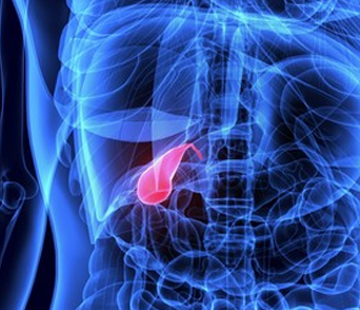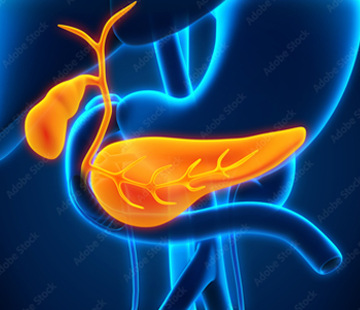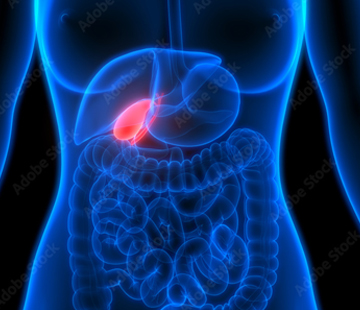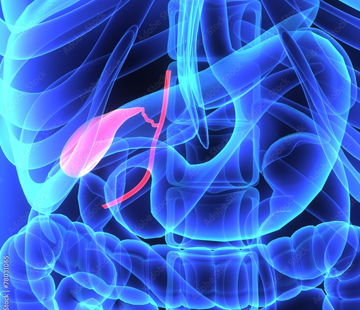Choledochal Cysts Type IV (IVa, IVb)
Type IV Choledochal cysts represent the second most common type of bile duct cysts, accounting for approximately 10% of all cases. These cysts are characterized by the dilation extending into the intrahepatic (inside the liver) biliary ducts.
Type IV Choledochal cysts can be further subdivided into two subtypes:
- Type IVa: This subtype involves fusiform dilation of the entire extrahepatic bile duct with an extension of the dilation into the intrahepatic bile ducts.
- Type IVb: This subtype involves multiple cystic dilations that affect only the extrahepatic bile duct.
The precise cause of Type IV Choledochal cysts remains unknown, but they are believed to result from a congenital anomaly in bile duct development.
Symptoms of Type IV Choledochal cysts can vary based on the severity of the condition. Common symptoms include abdominal pain, nausea, vomiting, and jaundice. Potential complications encompass cholangitis, pancreatitis, liver abscess, and cholangiocarcinoma (bile duct cancer).
Diagnosing Type IV Choledochal cysts typically involves imaging studies such as ultrasound, CT scan, or magnetic resonance cholangiopancreatography (MRCP). Treatment options may include surgical resection of the cyst and reconstruction of the biliary tract. Close follow-up with imaging and surveillance for potential complications is critical for effective long-term management.
In summary, Type IV Choledochal cysts are the second most common type of bile duct cysts, characterized by the dilation extending into the intrahepatic bile ducts. These cysts are further classified into two subtypes: Type IVa and Type IVb. Although the exact cause remains unclear, they are believed to result from a congenital anomaly. Early diagnosis and prompt management are crucial for preventing complications and improving patient outcomes.




